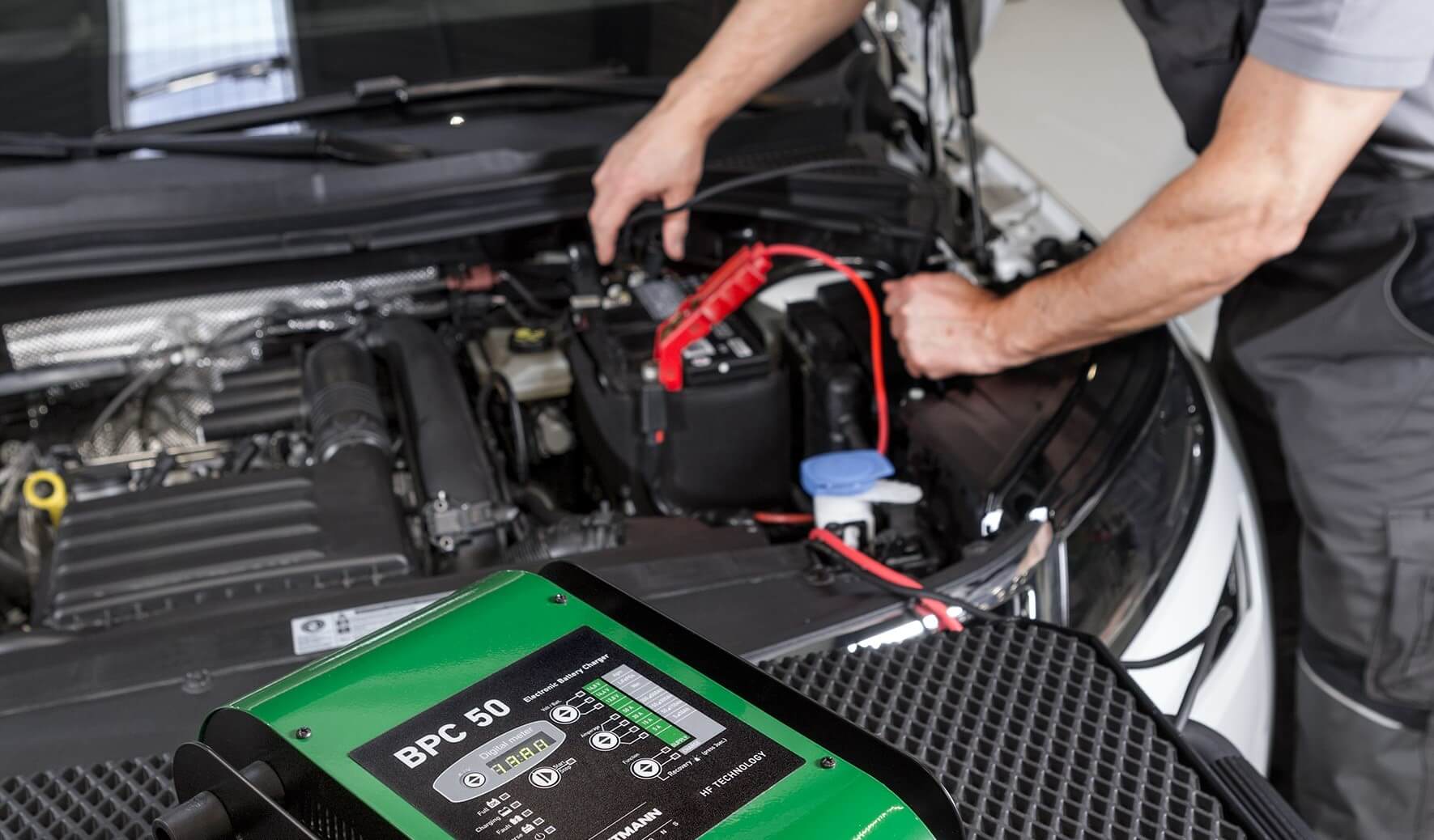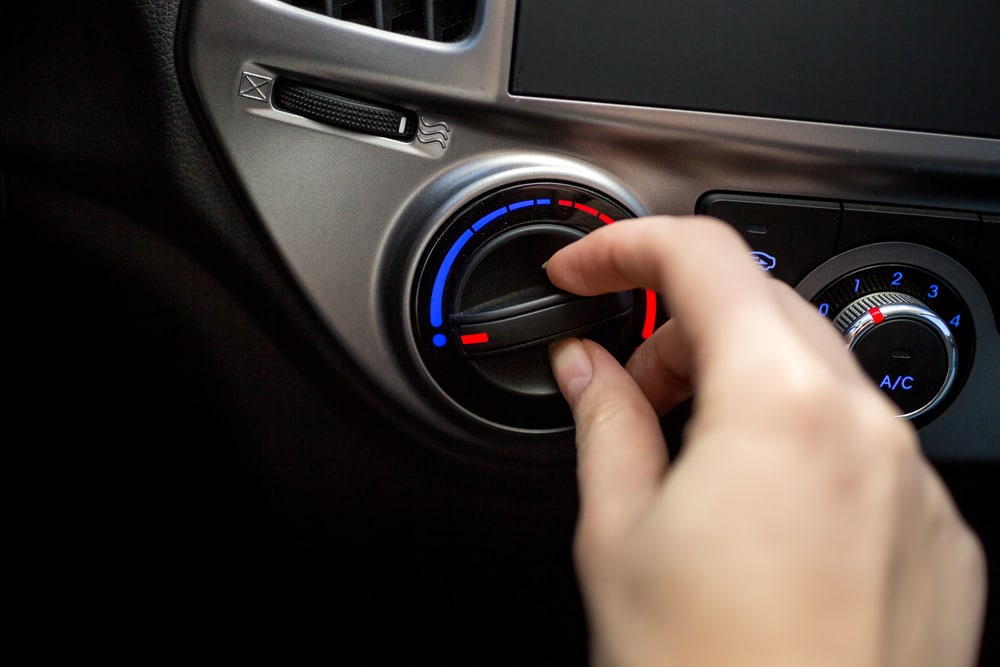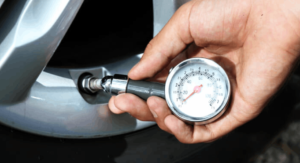You can leave a car on without the engine running for about 1-2 hours before the battery dies. This time varies based on the vehicle’s battery condition and electrical system.
Leaving a car on with the engine off, yet the electronics running, is a common scenario, especially during quick stops or while utilizing accessories like the radio or charging devices. A healthy car battery typically sustains this for a short duration without issues.
Nevertheless, drivers should remain mindful that factors such as a car’s age, battery health, and the number of electronic devices in use can significantly affect the time a vehicle can function on battery power alone.
Keeping these considerations in check is crucial to prevent finding yourself stranded with a dead battery, which is a nuisance and can lead to further complications, such as being unable to restart the car without a jump-start or battery replacement.
Introduction To Vehicle Idling
Imagine sitting in your car on a chilly morning. The engine is off, but you’ve turned the key enough to play music and keep the heater running. Sounds cozy, right? But how long is it safe to leave your car like this? Understanding vehicle idling is essential for every driver. Let’s dive into what idling is and explore its pros and cons.
Defining Idling And Its Common Scenarios
Idling means the vehicle is on, but the engine is not running at full power. Cars idle in various situations, such as:
- Waiting to pick someone up
- Staying warm or cool inside the vehicle
- Stopping at a red light
Potential Risks And Benefits Of Idling
Idling seems harmless, but it has potential risks. These include:
| Risks | Benefits |
|---|---|
| Wasting fuel: Unnecessary expense | Comfort while waiting |
| Engine wear: Shortened lifespan | Keeps engine ready |
| Pollution: Harmful emissions | Security in certain scenarios |
In sum, idling has a few benefits but many risks. Is it worth it? Keep reading to find out more about the impact of vehicle idling and best practices.
Mechanics Of Idling
Understanding how a car idles is essential to car care. Idling refers to running a vehicle’s engine when it is not moving. This action can occur when drivers wait for someone, warm up their car on a cold day, or stop at a red light. However, idling for too long can have consequences, making it crucial to know the mechanics behind it.
How Idling Works In A Car
At idle, your car is awake but rests. The engine runs at a low speed, termed the ‘idle speed’. This baseline engine function maintains critical systems. Your engine control unit carefully manages this balance.
- Power steering
- Electrical system
- Air conditioning
Even without movement, your car draws minimal fuel to keep these systems operational. This state helps conserve fuel and reduce wear on your engine compared to full-speed running.
Components Involved During Idling
Together, these parts allow your engine to idle smoothly. The ECU plays a pivotal role in monitoring the engine’s needs. Based on various sensors, it adjusts the idle speed to ensure efficiency and prevent stalling. Your car can idle safely without moving for some time, yet certain factors limit this duration.
The Impact Of Idling On Car Battery
Leaving a car on without the engine running may seem harmless. Yet it has a silent enemy: battery drain. Understanding this impact is crucial for preventing unexpected battery failure. Let’s explore how idling affects battery life and how to keep batteries going strong.
Battery Drain During Idling
While your engine is off, your car’s electrical systems like the radio, lights, or climate control continue to draw power from the battery. This passive use can deplete battery life quicker than you might expect. Key factors include battery health, car model, and the number of active electrical components.
How Long A Battery Can Last While Idling
A typical car battery could last for a few hours without the engine on. But this varies. A battery may sustain systems like emergency lights or infotainment dashes for shorter periods. Below are averages:
Tips To Preserve Battery Life
To avoid a dead battery, apply these simple practices:
- Limit accessory use when the engine isn’t running.
- Regularly check battery to ensure it’s in good shape.
- Drive regularly, as prolonged inactivity degrades battery life.
- Keep connections clean, as corrosion impedes power flow.
Following these tips will extend the time your car can sit idle without affecting battery health. Always monitor your usage, especially during extended periods without engine activity.

Credit: www.hella-bulbs.com
Effects Of Long-term Idling On Engine Health
Idling a car for too long can harm the engine. Think of it like a human heart. If the heart does not work right, the body suffers. An engine that idles too much can weaken over time. This will cost money and could harm the environment. So, how does idling for a long time affect the engine’s health? Let’s dig in.
Consequences Of Prolonged Idling
Extended idling takes a toll on engine components. This leads to problems that shorten the engine’s life. It is similar to what happens when a person sits for too long. Their muscles get tired and don’t work as well.
- Fuel waste: Idling uses fuel and adds to costs without moving the car.
- Battery drain: Electrical systems still run, making the battery work hard.
- Oil contamination: Fuel does not burn cleanly, leading to dirty oil.
- Engine wear: Parts can wear out faster, upping repair bills.
Preventive Measures To Protect The Engine
Just like humans need regular exercise, cars need proper use. To keep an engine healthy, try these steps:
- Limit idle time: Turn off the engine if the car will be still for over a minute.
- Maintain regularly: Change oil and check the engine as the manual says.
- Monitor performance: Watch for signs of engine struggle and fix issues fast.
- Keep it clean: Use good fuel and replace air filters when needed.
Fuel Consumption And Emissions
When a car is on without its engine running, it can still consume fuel and emit pollutants. Understanding the implications for fuel economy and the environment is crucial for responsible car ownership. This topic often raises questions about the balance between convenience and sustainability.
How Idling Affects Fuel Economy
Idling a car means it is running but not moving. This can drain the fuel tank without covering any distance.
- Modern cars use less fuel to idle, yet the consumption adds up over time.
- Stopping and starting an engine generally uses less fuel than idling for long periods.
A table detailing estimated fuel use at idle for various car sizes helps illustrate this point.
| Car Type | Fuel Used per Hour (Idling) |
|---|---|
| Compact Car | 0.2 gallons |
| Sedan | 0.3 gallons |
| SUV/Truck | 0.6 gallons |
Environmental Impact Of Exhaust Emissions
Exhaust emissions have a notable impact on air quality and health. Idling contributes to the release of harmful pollutants like:
- Carbon monoxide (CO), which affects indoor air and is poisonous.
- Nitrogen oxides (NOx), contributing to smog and respiratory problems.
- Particulate matter (PM), tiny particles that can penetrate lungs and enter the bloodstream.
Idling for over 10 seconds uses more fuel and produces more emissions than restarting the engine. Effectively, decreasing idle time can significantly reduce these emissions.
Legal And Safety Considerations
Understanding legal and safety considerations is key when leaving a car on without the engine running.
Both pose risks and can lead to penalties or hazards.
Idling Laws And Regulations
Various areas enforce idling laws to reduce pollution and save energy.
Idling time limits may range from a few minutes to longer periods.
Fines can be imposed for leaving a car idling longer than allowed.
| Location | Time Limit | Penalties |
|---|---|---|
| New York City | 3 minutes | Up to $250 |
| California | 5 minutes | Up to $1000 |
Check local regulations to stay informed and avoid fines.
Safety Implications Of Leaving A Car Idling
Safety risks increase with an unattended idling car.
- Potential for theft escalates
- Accidental carbon monoxide buildup poses health risks
- Kids and pets inside could face danger
These dangers stress the importance of never leaving your car idling unattended.
Best Practices And Alternatives To Idling
Understanding the Best Practices and Alternatives to Idling can save you from unnecessary wear and tear on your car. Idling for long periods is not recommended. It wastes fuel and increases engine wear. Let’s explore some smarter ways to manage your engine’s downtime.
When To Turn Off The Engine Instead Of Idling
To maintain your car and save the environment, know when to shut off your engine. Short stops can be good times to turn off the car. Doing so saves fuel and reduces emissions. Here’s a simple guide:
- Waiting for someone: Turn off the engine if they will take time.
- In a long queue: If it’s not moving, switch off.
- Quick errands: Off is best when popping into the store.
Technological Solutions And Innovations
The auto industry is innovating to reduce idling. Many cars now have stop-start systems. This tech automatically turns the engine off when the car is stationary. Electric vehicles (EVs) also offer an alternative. They don’t idle the same way conventional engines do. EVs use energy only when needed. Here’s what’s on the rise:
| Technology | Benefit |
|---|---|
| Automatic Stop-Start | Reduces fuel consumption |
| Hybrid Drivetrains | Uses electric power at idle |
| Electric Vehicles | No idling emissions |

Credit: www.yourmechanic.com
Frequently Asked Questions Of How Long Can You Leave A Car On Without The Engine Running?
Can I Leave My Car On Without The Engine Running?
Yes, you can leave your car on without the engine running by switching it to accessory mode. This allows you to use electronics without the engine engaged. Always monitor battery usage to prevent draining.
How Long Can You Leave A Car Not Running?
A car can typically stay not running for about 2-4 weeks without risking the battery dying. Regular driving helps maintain battery charge and vehicle health.
How Long Can An Engine Sit Without Running?
An engine can sit without running for around a month. Beyond that, the battery may drain, and fluids could deteriorate, leading to potential maintenance issues.
How Long Can A Car Battery Last Without The Engine On?
A car battery can last 2-3 weeks without the engine on. Frequent use and climate factors can influence this duration. Always check your battery periodically to ensure it maintains charge.
Conclusion
Understanding the limits of your car’s battery when the engine is off is crucial. Short stints typically pose no harm, yet lengthy periods can lead to battery drain. Regular maintenance and mindful usage will help avoid unexpected power loss. Always consult your vehicle’s manual for specific guidance to ensure longevity and reliability.
Drive smart, keep informed, and your car’s power systems should serve you well.
Does Leaving Key in Ignition Drain Battery?
How Long Can You Leave Ignition on before Battery Dies?




